Circuit board relay manufacturer tells you, Types, uses, and working principles of relays
Circuit board relay manufacturers tell you the types, uses and working principles of relays, so that you who are not familiar with relays can understand.

Electromagnetic relay
The electromagnetic relay is an important part of the electric bell and automatic control circuit device. Its essence is a switch controlled by an electromagnet, which plays a role similar to a switch in the circuit. The electromagnetic relay is a switch that uses electromagnets to control the on-off of the working circuit. Its working principle is to close switch S in the low-voltage control circuit. D is in contact with E, the working circuit is closed, and the motor works; when the low-voltage switch S is turned off, the current in the coil disappears, and the armature B, under the action of the spring C, makes the dynamic and static contacts D and E disengage, and the working circuit is broken On, the motor stops working.
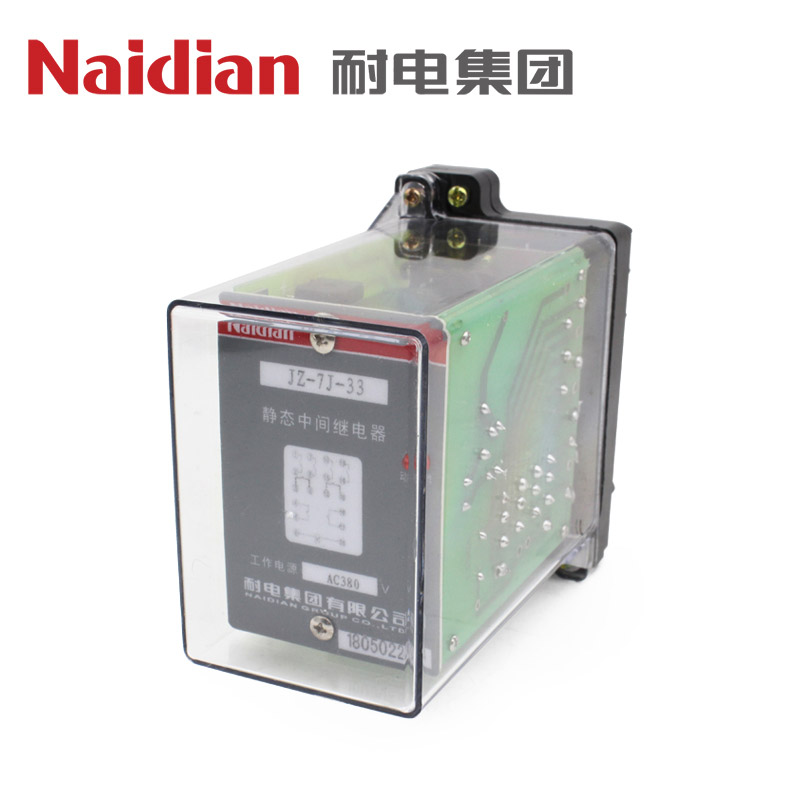
power relay
The circuit board relay manufacturer tells you, a power relay is an input quantity that can produce a jump in one or more electrical output circuits when the input quantity (or excitation quantity) meets certain conditions. It can be used as a directional element for zero-sequence current protection in a neutral point directly grounded system.
The working principle of the power relay is: when a certain voltage or current is applied to both ends of the power relay coil, the magnetic flux generated by the coil passes through the magnetic circuit composed of an iron core, yoke iron, armature, magnetic circuit, etc., under the action of the magnetic field, The armature is attracted to the pole surface of the iron core so that the normally closed contact is disconnected and the normally closed contact is connected; when the voltage or current at both ends of the coil is less than a certain value, the mechanical reaction force is greater than the electromagnetic suction force, and the armature returns to the initial state. The normally closed contact is closed.
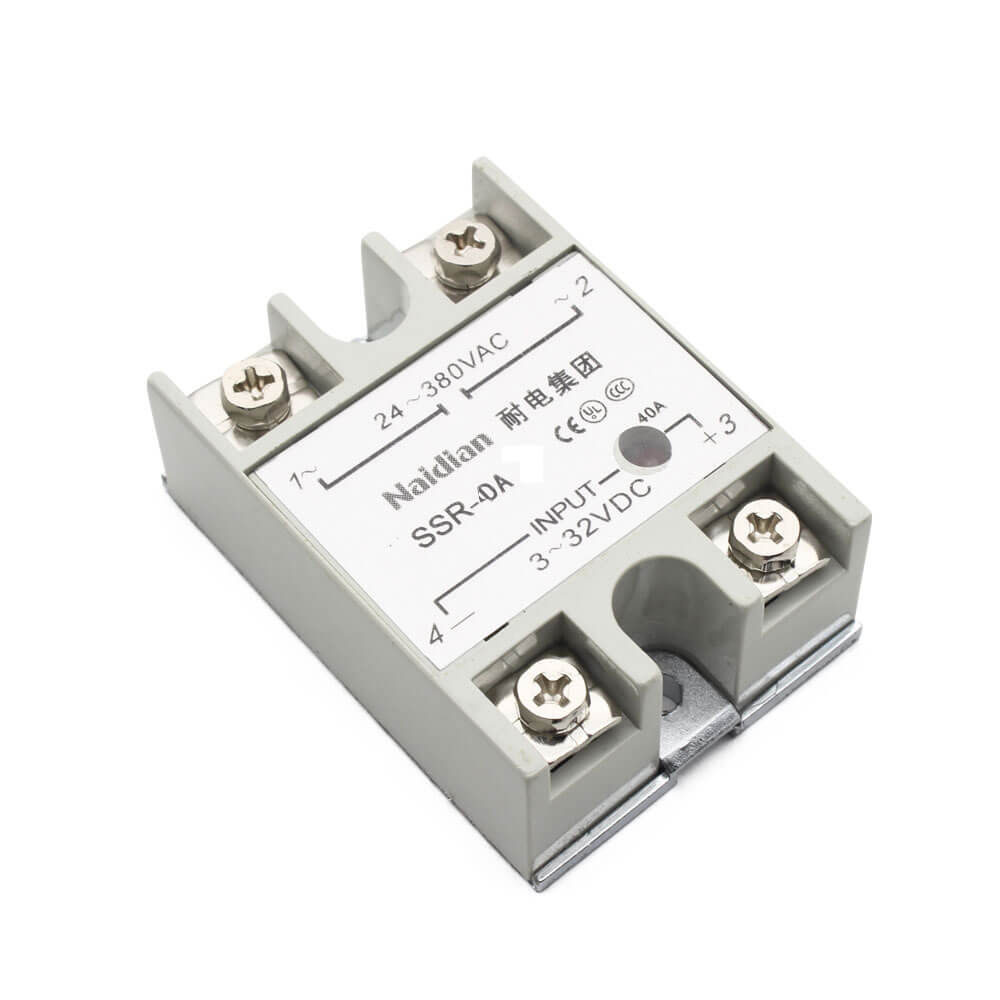
solid state relay
The solid-state relay is a new type of non-contact switching device composed of solid-state electronic components. It uses the switching characteristics of electronic components (such as switching transistors, bidirectional thyristors, and other semiconductor devices) to achieve non-contact and non-sparking connections. And the purpose of breaking the circuit, so it is also called a "non-contact switch". Solid state relay is a four-terminal active device, two of which are input control terminals, and the other two are output controlled terminals: it has both amplifying and driving functions and isolating functions, and is very suitable for driving high-power switching actuators, Compared with the electromagnetic relay, the reliability is higher, and it has no contact, long life, fast speed, and little interference to the outside world, and has been widely used.
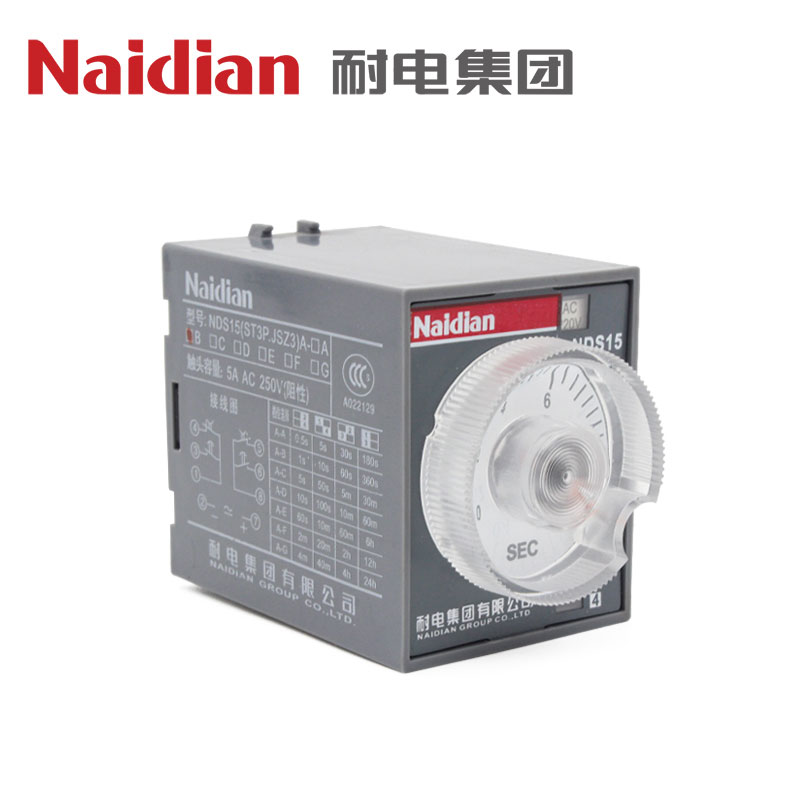
Time Relay
The time relay is divided into power-on delay and power-off delay. The two working processes and principles are different. The most commonly used in the field of industrial control is the power-on delay time relay. Its working principle is that when the time relay coil is energized, it reaches the device. Time-delayed opening of the moving breaker and delaying closing of the moving-on contact act simultaneously and reset after power failure.
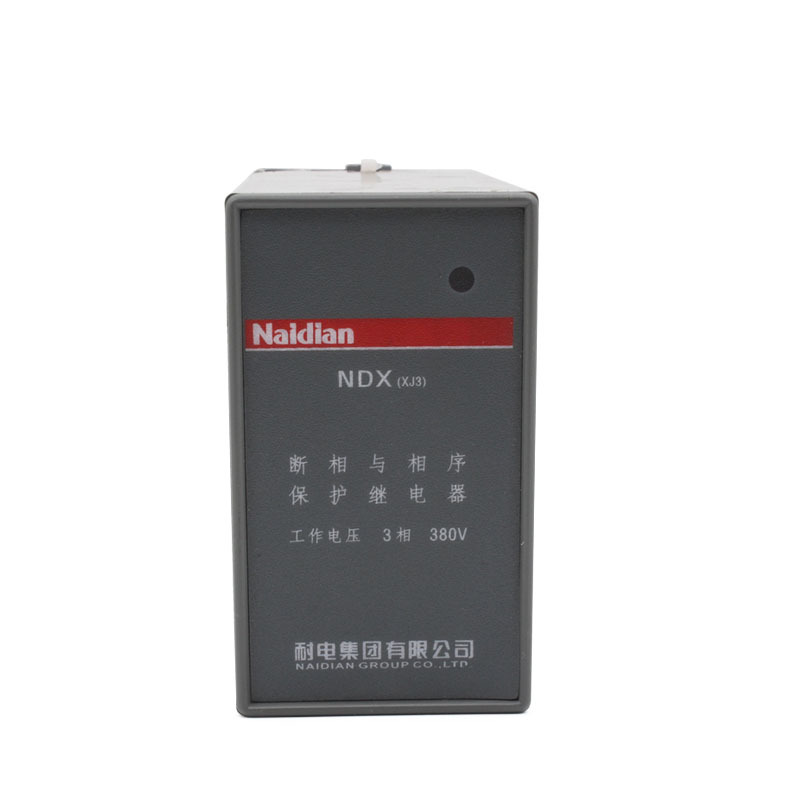
Phase sequence protection relay
The working principle of the phase sequence protector: the three-phase power supply is sampled and processed. When the phase sequence of the power supply matches the phase sequence input by the protector terminal, the output relay is connected and the main control circuit of the equipment is connected.
Level relay
The circuit board relay manufacturer tells you, in digital circuits, the level of voltage is represented by logic levels. The logic level includes two types high level and low level. Digital circuits formed by different components have different logic levels corresponding to voltages.
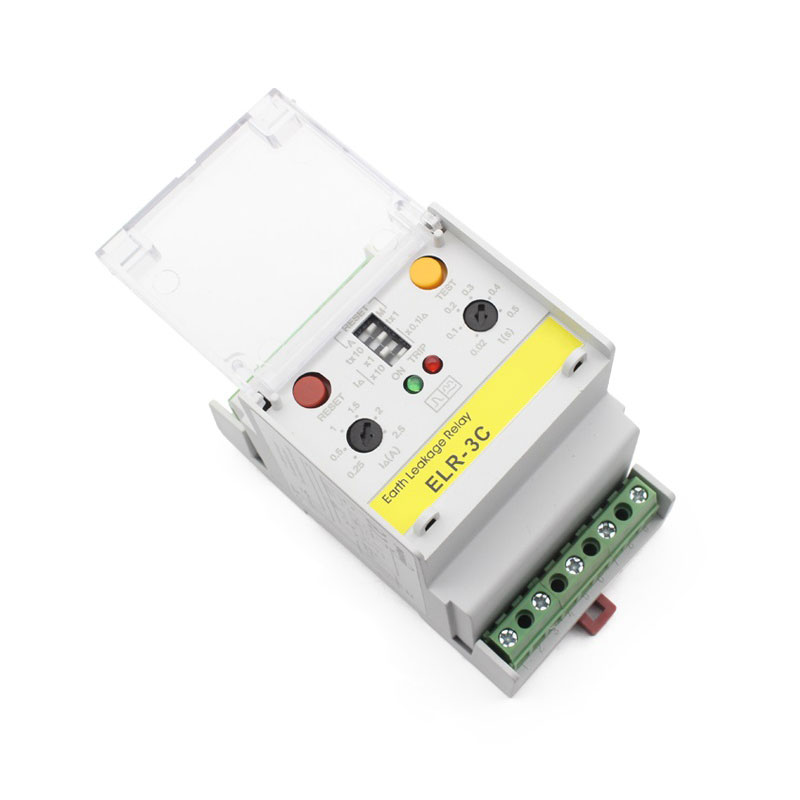
Leakage relay
The leakage relay is used to detect whether there is leakage in the line and equipment. Once the leakage occurs, it will automatically trip and cut off the power, which can prevent the leakage of the wire and equipment, or the electric shock accident caused by the process of using electricity, and avoid the fire accident caused by the leakage. A leakage breaker is one of the line protection devices. There is an experimental button on the product. You should test it regularly to avoid failure of the leakage relay and so on.
The above are the types, uses, and working principles of relays summarized by Naidian for you. I hope it will be helpful to you. If you want to know more about relay products and purchase information, you can leave a message to give you more answers.

